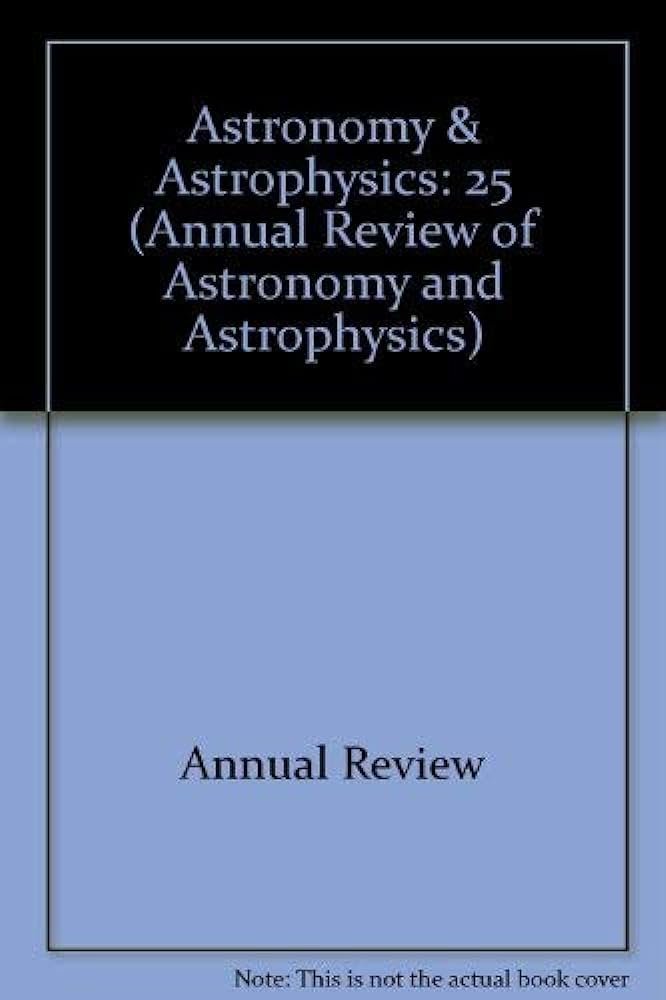An Observational View of Structure in Protostellar Systems
IF 32.5
1区 物理与天体物理
Q1 ASTRONOMY & ASTROPHYSICS
Annual Review of Astronomy and Astrophysics
Pub Date : 2024-05-09
DOI:10.1146/annurev-astro-052920-103752
引用次数: 0
Abstract
The envelopes and disks that surround protostars reflect the initial conditions of star and planet formation and govern the assembly of stellar masses. Characterizing these structures requires observations that span the near-IR to centimeter wavelengths. Consequently, the past two decades have seen progress driven by numerous advances in observational facilities across this spectrum, including the原恒星系统结构的观测视角
原恒星周围的包层和星盘反映了恒星和行星形成的初始条件,并制约着恒星质量的组合。要描述这些结构的特征,需要进行从近红外波长到厘米波长的观测。因此,在过去的二十年里,这一波段的观测设施取得了许多进展,包括斯皮策太空望远镜、赫歇尔太空观测站、阿塔卡马大型毫米/亚毫米波阵列,以及大量其他地基干涉仪和单碟射电望远镜。 几乎所有原恒星都有形成良好的周星盘,这些周星盘很可能有旋转支撑;探测原恒星周围星盘的能力更多的是空间分辨率的问题,而不是是否存在星盘的问题。 原恒星周围的磁盘与演化程度较高的前主序恒星周围的磁盘相比,具有更高的毫米/亚毫米级光度,不过恒星形成区之间可能存在系统性差异。 原恒星周围的包层本质上是不对称的,流星强调通过包层流向盘的质量流可能并不均匀。 目前原恒星的质量分布可能受到选择偏差的影响,因为它偏向于太阳质量的原恒星,这与恒星初始质量函数不一致。
本文章由计算机程序翻译,如有差异,请以英文原文为准。
求助全文
约1分钟内获得全文
求助全文
来源期刊

Annual Review of Astronomy and Astrophysics
地学天文-天文与天体物理
CiteScore
54.80
自引率
0.60%
发文量
14
期刊介绍:
The Annual Review of Astronomy and Astrophysics is covers significant developments in the field of astronomy and astrophysics including:The Sun,Solar system and extrasolar planets,Stars,Interstellar medium,Galaxy and galaxies,Active galactic nuclei,Cosmology,Instrumentation and techniques,
History of the development of new areas of research.
 求助内容:
求助内容: 应助结果提醒方式:
应助结果提醒方式:


